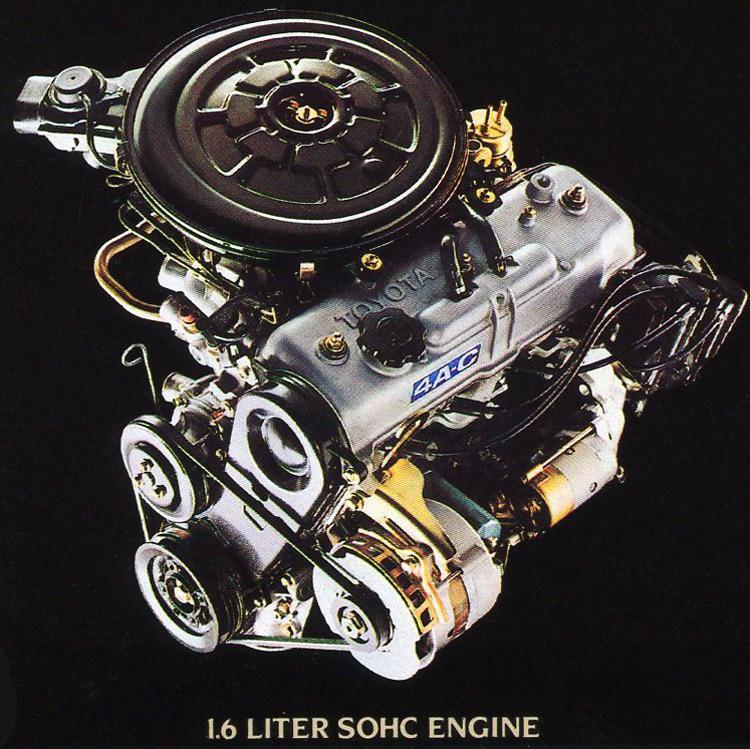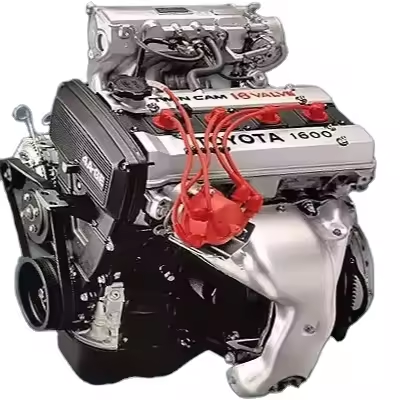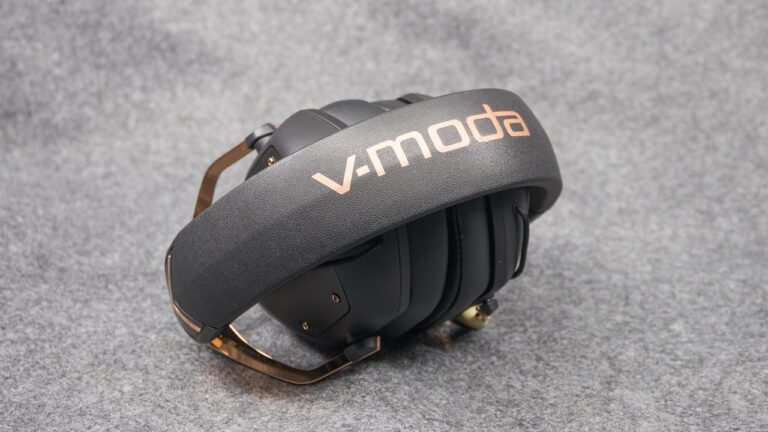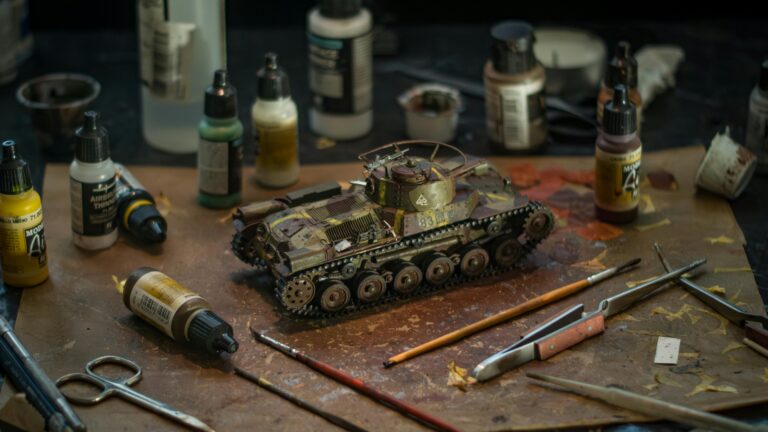
If you’ve ever explored classic Japanese cars, you’ve probably come across the debate: AE85 vs AE86. Both share the same Toyota E80 chassis, but the similarities stop there. One is a reliable daily driver, while the other became a legendary icon in drifting and motorsport.
In this ultimate guide, we’ll break down everything you need to know from engine specs to body styles, handling, and cultural impact so you can understand why these two cars have such different legacies.
Are you team AE85 or AE86? Let us know which one you’d choose and why in the comments below!
AE85 vs AE86 Overview
The AE85 and AE86 are siblings in the Corolla family, but their DNA differs. Understanding these differences is crucial whether you’re a collector, enthusiast, or a first-time buyer of classic Japanese cars.
- AE85: A reliable, economical car meant for daily commuting.
- AE86: A lightweight, rear-wheel-drive performance machine built for enthusiasts.
Both cars are part of Toyota’s E80 chassis platform, produced in the early to mid-1980s. Yet, the AE86 quickly rose to fame in motorsports, while the AE85 quietly served as a dependable Corolla.
Key takeaway: If you want a practical classic, AE85 is ideal. If you crave performance and legendary status, the AE86 is your pick.
AE85 vs AE86 Engine and Performance
The most noticeable difference between these two models lies under the hood. Let’s compare their engine specs and driving dynamics:
| Feature | AE85 | AE86 |
|---|---|---|
| Engine | 1.5L 4A-C inline-4 | 1.6L 4A-GE DOHC 16V |
| Power | ~80–90 hp | ~112–130 hp |
| Torque | ~120 Nm | ~140–150 Nm |
| Redline | ~6,000 rpm | ~7,600 rpm |
| Transmission | 4-speed automatic / 5-speed manual | 5-speed manual |
| Suspension | Standard | Sport-tuned, stiffer with optional LSD |
The AE86 dominates performance, thanks to its high-revving 4A-GE engine, lightweight chassis, and rear-wheel-drive configuration.
Why the AE86 Became a Legend
The AE86’s engine, suspension, and lightweight body made it ideal for drifting and track performance. Pop culture amplified its fame: the AE86 starred in the iconic anime Initial D, cementing its status as a street racing legend.
Did you know the AE86’s engine was nicknamed “blackhead” or “redhead” based on cylinder head design? Which version do you prefer?
Body Styles and Variants
Both models came in multiple trims and body styles, adding to the confusion for new buyers.
AE85:
- Mostly 2-door coupe or 4-door sedan
- Basic interior and exterior
- Focused on economy and reliability
AE86:
- Available as Corolla Levin (fixed headlights) and Sprinter Trueno (pop-up headlights)
- 2-door coupe or 3-door hatchback liftback
- Sportier interior with lightweight wheels, better brakes, and optional LSD
Pro tip: If you’re hunting for a collectible AE86, the Trueno with pop-up headlights tends to fetch a higher market value among collectors.
Handling and Driving Experience
Both cars share the E80 chassis, but suspension tuning and weight distribution create very different driving experiences.
- AE85: Softer suspension, tuned for comfort, stable for city driving
- AE86: Stiffer suspension, sport-tuned, capable of high-performance cornering
The AE86’s balanced rear-wheel-drive layout and optional LSD made it perfect for drift racing, while the AE85 stays predictable and easy to drive, even for beginners.
If you had to choose, would you prefer a comfortable daily driver or a high-performance weekend car?
Popular Culture and Legacy
The AE86’s cultural impact is unmatched:
- Drift icon in motorsports and street racing
- Featured in Initial D anime and video games
- Highly sought-after in car collections and JDM communities
The AE85 is less famous but respected for reliability and simplicity. Many enthusiasts choose AE85 for restoration projects or affordable classics.
Maintenance and Ownership Costs
AE85:
- Lower maintenance costs
- Parts are easier to find
- Reliable for daily driving
AE86:
- Higher maintenance costs due to performance components
- Engine rebuilds may be necessary over time
- Collectible status increases resale value
Pro tip: If budget is tight, AE85 is a safer choice; for performance enthusiasts, AE86 is worth the investment.
Buying Guide
When choosing between AE85 and AE86, consider:
- Purpose: Daily driver or weekend performance car?
- Budget: AE86 models are pricier due to collectibility.
- Maintenance: AE86 requires more care; AE85 is simpler to maintain.
- Cultural appeal: AE86 has legendary status and stronger resale value.
Are you buying for nostalgia, performance, or investment?
AE85 vs AE86 Quick Comparison Table
| Aspect | AE85 | AE86 |
|---|---|---|
| Engine | 1.5L 4A-C | 1.6L 4A-GE |
| Power | ~80–90 hp | ~112–130 hp |
| Torque | ~120 Nm | ~140–150 Nm |
| Redline | ~6,000 rpm | ~7,600 rpm |
| Transmission | 4-speed automatic / 5-speed manual | 5-speed manual |
| Suspension | Standard | Sport-tuned |
| Body Styles | Coupe, sedan | Coupe, hatchback liftback |
| Headlights | Fixed | Fixed (Levin) / Pop-up (Trueno) |
| Popularity | Moderate | Legendary |


Conclusion: AE85 vs AE86 – Which Classic Toyota Should You Choose?
Both the AE85 and AE86 have unique appeals:
- AE85: Affordable, reliable, and simple
- AE86: Legendary, high-performance, and collectible
Ultimately, your choice depends on your goals: daily driving, collecting, or high-performance driving. If you’re a JDM enthusiast or motorsport fan, the AE86 is the iconic pick. If you want an easier, more economical classic, the AE85 won’t disappoint.
Ready to dive into Toyota’s rear-wheel-drive legends? Explore AE85 vs AE86 and discover which classic Corolla fits your style!



